In the evolving landscape of corporate India, Diversity, Equity, and Inclusion (DEI) have become integral to organizational success. Taking a firm step in this realm is Turmeric Consulting with their bespoke program 'Pathways to Inclusive Leadership' which envisions leaders as lighthouses that shape a culture of inclusivity. By intertwining DEI with business success, the program could prove to be immensely helpful in navigating the challenges of a VUCA world. The program's distinctive approach lies in connecting leaders with industry frameworks such as the WFA DEI Charter, Global Media Charter, and UN’s Sustainable Development Goals, aligning businesses with evolving societal expectations.
In this interview with TheCSRUniverse, Ms. Roopa Badrinath, Founder and Principal Consultant, Turmeric Consulting, delves into the inspiration behind launching the program, emphasizing the paramount role of inspirational leadership in fostering intentional inclusivity. With a robust background in the Advertising and Media (A&M) industry, she shares insights into how the program uniquely benefits organizations in this sector. Roopa views this program as a catalyst for change in the A&M industry, challenging stereotypes and driving positive cultural shifts. She also stresses on the need to acknowledge privilege and power for creating an inclusive work environment.
Read the full interview to understand the intersections of inclusivity and business success:
Q. Can you share the inspiration behind launching the 'Pathways to Inclusive Leadership' program, and what led you to focus on diversity, equity, and inclusion in the workplace?
A. Leaders of organizations are like lighthouses who have the power to cast the longest shadows in role modelling behaviours that are critical for a culture change. I have always believed in the power of inspirational leadership and hence decided to curate this program which focuses on helping leaders embrace inclusive leadership with intentionality.
Organizations are culturally rich melting pots of multiple strands of diversity. They also have the wherewithal to change the narrative around exclusion and inequities by being upstanders rather than just being passive onlookers. They have the opportunity to display corporate citizenship by connecting purpose with profits. Moreover, a DEI-informed work culture eventually creates a ripple effect and makes the citizens of corporate India more receptive to larger societal issues. And this realization made me focus on DEI in the workplace.
Q. Given your extensive experience in the A&M industry, how do you see the 'Pathways to Inclusive Leadership' program benefiting organizations in this sector specifically?
A. The A&M industry works in the space of changing consumer (human) behaviour. As an industry, it is poised better to influence society’s thoughts, attitudes, and behaviours through the medium of communication. When brands can connect with consumers purposefully, they win the hearts and minds of consumers. They can influence culture positively through effective visual storytelling. When brand custodians have a heightened sense of inclusion, their leadership and work reflect this, which leads to better employee experience and customer loyalty; and eventually increased revenues and profits.
Q. The program emphasizes the importance of acknowledging privilege and power for the good of under-represented people. Could you elaborate on how leaders can effectively deploy privilege and power in creating a more inclusive work environment?
A. Power is the ability to influence and make decisions that impact others. Privilege is a special right, advantage, or immunity given to a person or a group of people, which can be either earned or unearned. Generally, people who have privilege are also the ones who have power over others who are less privileged. When leaders who have positional power and privileges, begin to acknowledge their power and privilege with a sense of curiosity and humility, it reduces their defensive behaviours and sets the tone for inclusivity. They also start focusing on leveraging their privileges to challenge societal and systemic barriers and discrimination. For example, leaders can become effective allies or sponsors for the underrepresented by lobbying for them when they are not in the same room.The importance of sponsorship cannot be underestimated for career growth in an organization.Further, leaders become more mindful of their work environment by ensuring all voices are heard, who are the ones who face negative stereotyping, who are the ones who get automatic benefits by virtue of their unearned privilege, etc. They become the ambassadors of inclusion in the organization by driving the desired culture needed to weed out exclusionary practices and normalize equitable policies.
Q. The press-note on the program mentions its uniqueness in helping leaders connect the dots between business success in a VUCA world and DEI. Could you elaborate on the specific ways in which DEI contributes to business success in such a dynamic environment?
A. When the world is challenged by Volatility, Uncertainty, Complexity and Ambiguity, we need all hands on the deck. We need people with different lived experiences, people with different cognitive capabilities and people with different emotional abilities. Problems and solutions have to be looked at from multiple lenses. It is practically impossible for a leader to have all these skills and competencies. In such a situation a diverse workforce which brings the richness through diversity of thought will be the antidote.
Q. Your statement about having a diverse workforce versus embedding inclusion into the organization's DNA is compelling. What are your views on both these aspects and how will your program guide leaders in achieving the shift towards an inclusive culture?
A. Diversity is a given in a country like India. You can get the best talent in the country for an organization, but if inclusion is missing from the equation, the talent will vote with their feet and move out in search of a more inclusive work environment. Hence, inclusion becomes the bedrock on which diversity thrives where people feel valued and welcomed for who they are. This program encourages leaders to have an inquiry mindset where they organically explore the benefits of being inclusive. And once they see the benefits it becomes very difficult to unsee them.
Q. The program delves into the World Federation of Advertisers (WFA) DEI Charter for change, Global Media Charter, Planet Pledge, Sustainable Marketing 2030, UN’s Sustainable Development Goals, and World Economic Forum’s audience representation maturity framework. How do these frameworks play a role in shaping the content and approach of the program?
A. The leaders have multiple conflicting priorities on a day-to-day basis and it becomes very difficult to keep track.This program aspires to nudge them about the multiple industry body commitments that are critical from a talent retention, business growth, and corporate citizenship perspective. These commitments and frameworks give a view of how consumers are reacting to the communication that they consume. It helps organizations remain centered with the work they do.
Q. Could you share any examples or success stories from organizations that have implemented inclusive leadership practices and have seen positive business outcomes?
A. There are multiple studies that have been conducted across the world which aggregate the benefits of having inclusive leadership. GPTW, McKinsey & Leanin, Gallup, Deloitte to name a few.
Q. What are the most common challenges that organizations face in implementing inclusive leadership, and how does the program address or overcome these challenges?
A. The biggest challenge that organizations face in their inclusion journey is their inability to distinguish between equality and equity.And when meritocracy is confused with being equitable and inclusive. Some of the other barriers are the inability to acknowledge that biases exist, identifying and fixing systemic deficiencies in the organization, galvanizing all the employees to be part of the inclusive change journey, quantifying the ROI of DEI initiatives and leadership accountability. This program tries to address all of these through meaningful dialogue and reflection.
Q. In your opinion, are there any specific policy interventions that may help in making Indian businesses more inclusive and conducive for a diverse workforce?
A. Companies need to examine the entire organizational ecosystem encompassing internal stakeholders (employees) and external stakeholders (clients, consumers, vendors, shareholders to name a few). Policies can address systemic barriers and discrimination across recruitments, remuneration, onboarding, development opportunities, performance management systems, succession planning, mobility, and cessation of employment. They can have articulated policies which integrate DEI principles in the design, development, and delivery of products and services and promote inclusive and respectful customer service. The DEI principles can further be extended to the procurement process to ensure that historically underrepresented groups are included in the vendor development process. An external stakeholder identification process and pointers to engage with them meaningfully can be created to ensure that their voices are incorporated in the product creation and delivery process.
Q. Lastly, how do you envision 'Pathways to Inclusive Leadership' contributing to the broader landscape of diversity, equity, and inclusion initiatives in the A&M industry, and what impact do you hope it will have in the long term?
A. As I mentioned earlier, the A&M industry works in the space of changing consumer (human) behaviour. It can help fight negative stereotyping through the visual medium of storytelling. It will help challenge the shallow or tokenistic representations in media of underrepresented groups.
Today’s leaders must connect the dots between DEI, employee experience, a better creative product, and eventually increased revenues and profits. More so in a Volatile, Uncertain, Complex, Ambiguous (VUCA) world. Building an inclusive work culture where people’s diverse lived experiences are valued, and everyone has equitable access to opportunities will pay rich dividends. ‘Pathways to Inclusive Leadership’ aims to shine the light on the ways in which leaders can build the right culture in their organisations to exploit all the richness inherent in their human resources as people are the only assets in the A&M industry.



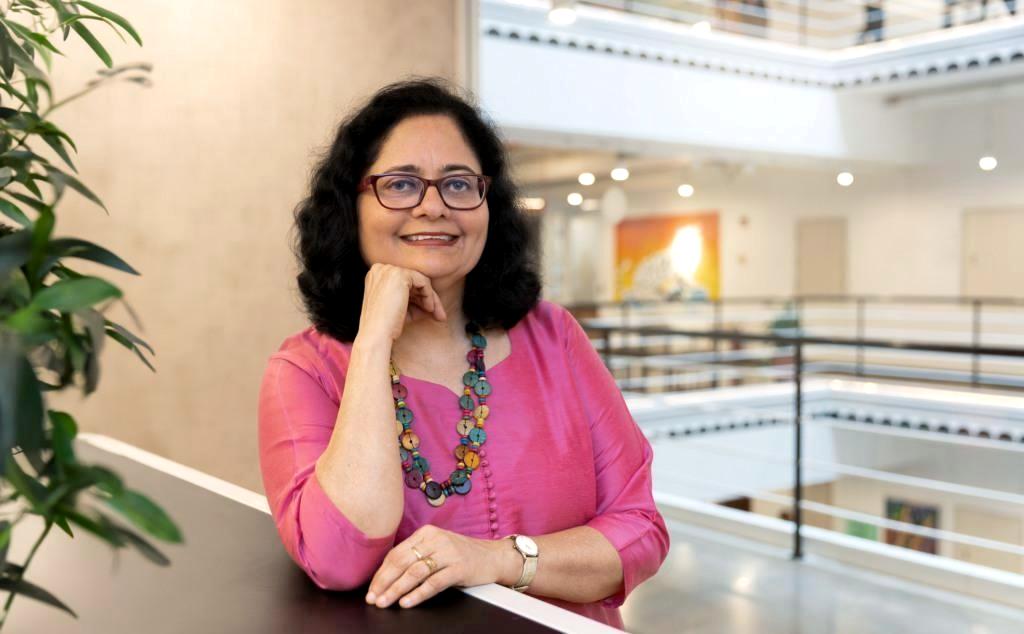


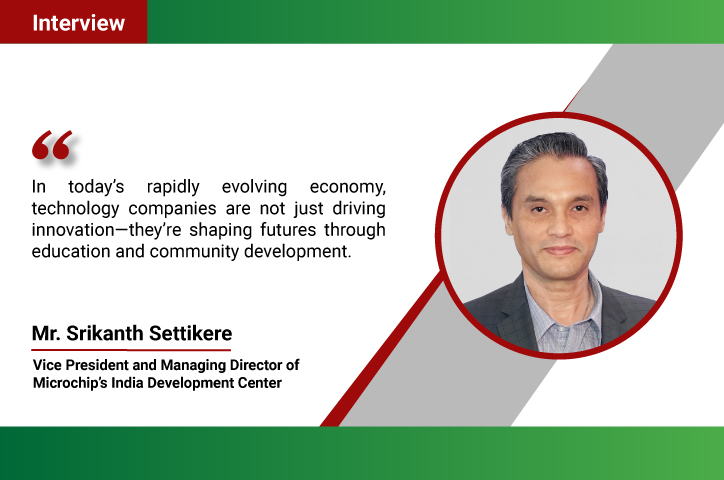
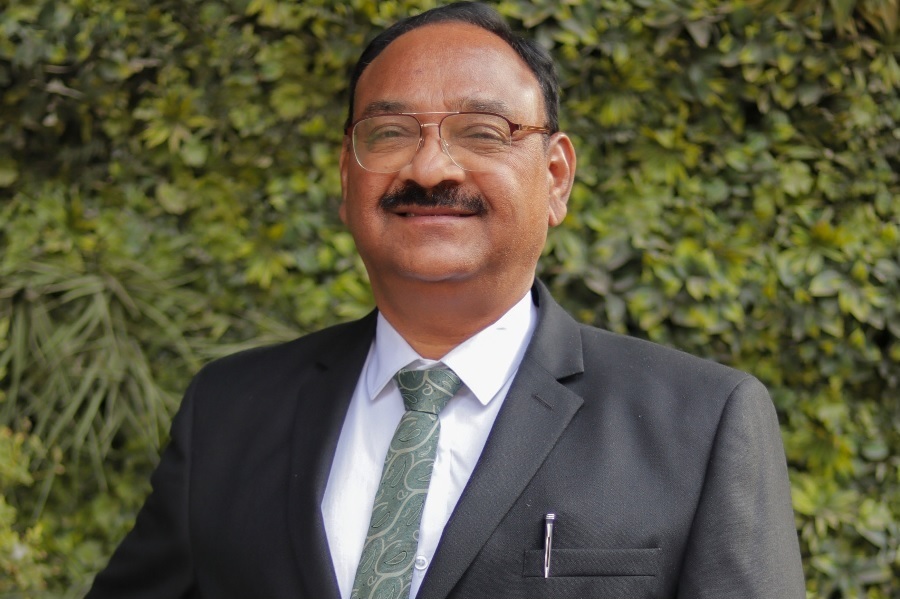
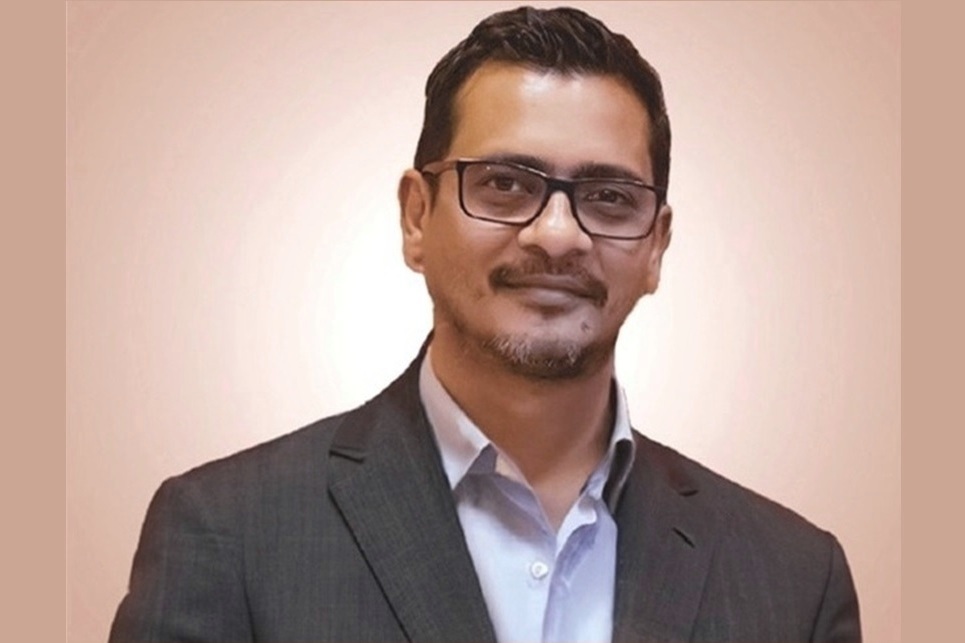

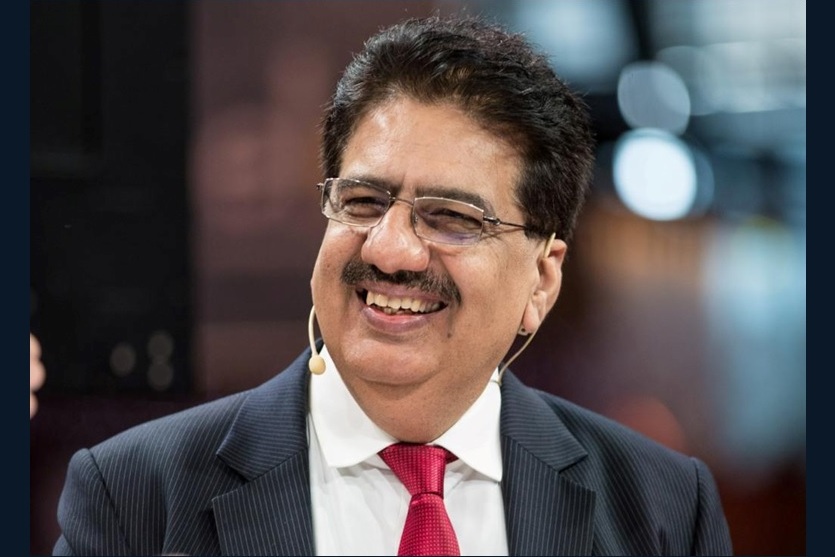

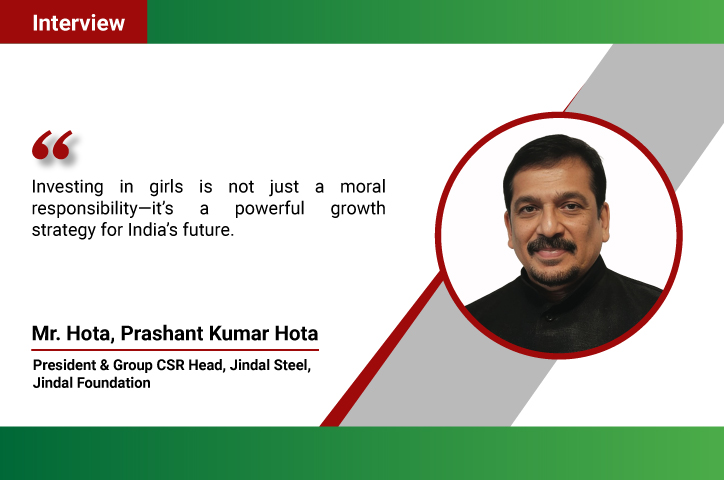
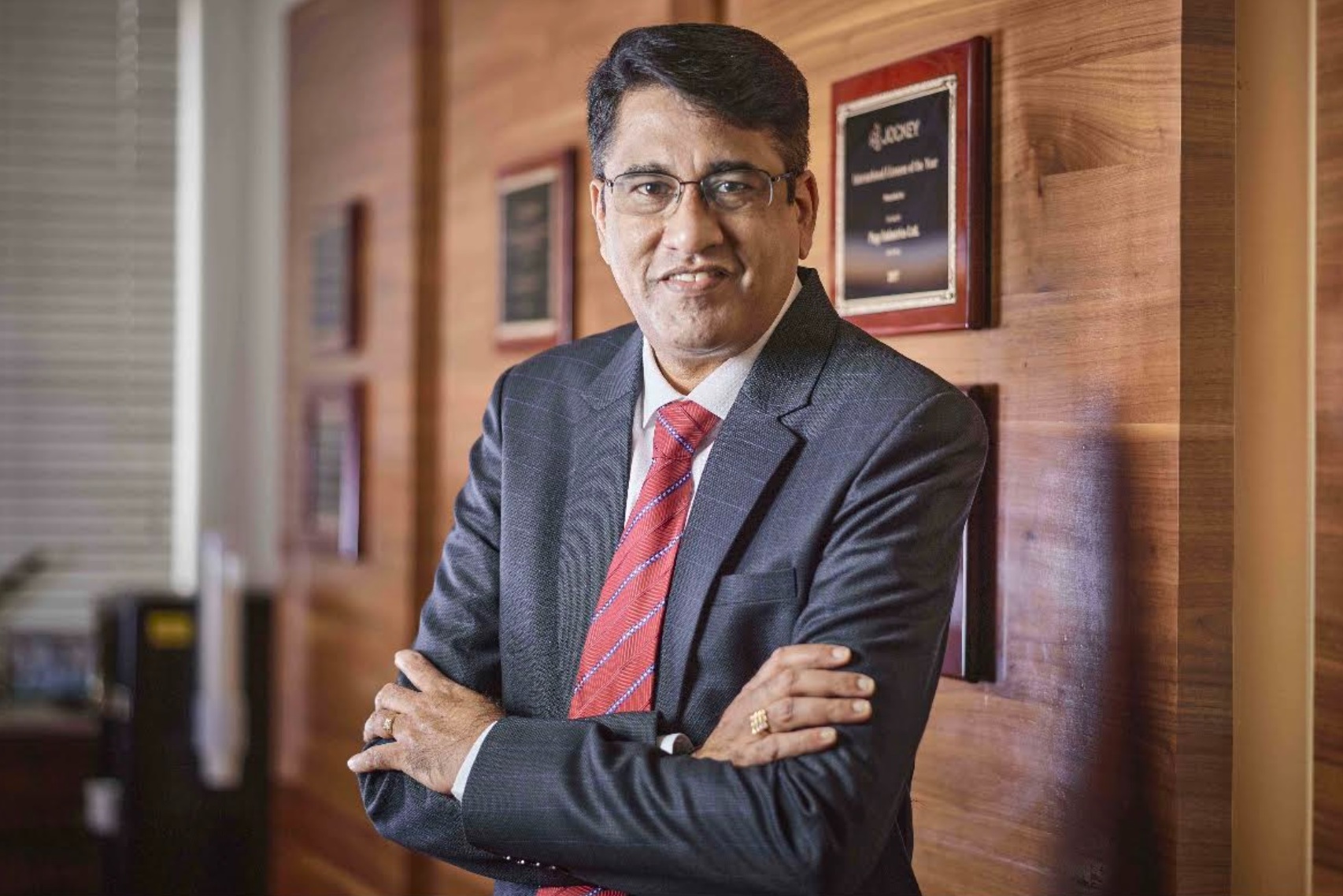


.jpg)




